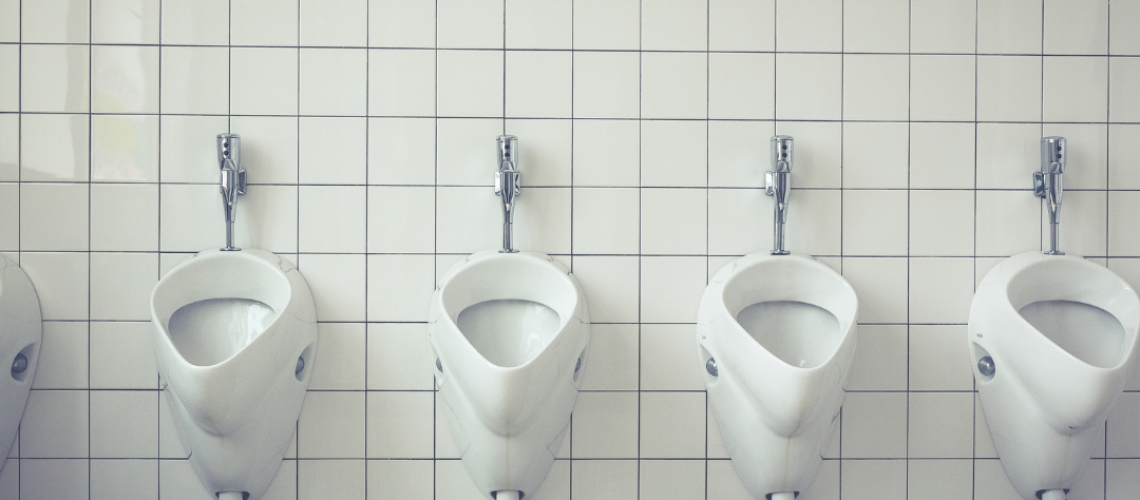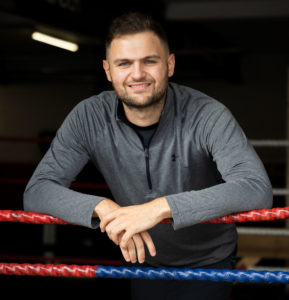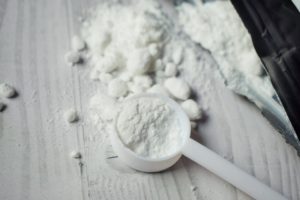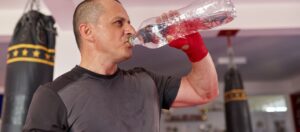Water loading is an acute weight cutting strategy which has been used by MMA fighters for over a decade now & is now making it’s mark in other combat sports such as professional boxing.
The aim of water loading is to drink high volumes of fluid (around 5-9L, depending on a fighter’s body mass) for a few days before reducing fluid intakes down to lower levels (1-2L) for a day. This loading process helps suppress a hormone called aldosterone which in turn results in sodium losses & thus water losses via urination. In basic terms, you drink more, you pee more by influencing certain hormones which are responsible for water balance in the body – simple right?
Plenty of coaches push water loads onto their fighters & there are plenty of fighters loading up on water in fight week.
But what does the research say about water loading?
Is it safe to do & are there any side effects?
Does it increase body mass losses?
Is there a standardised protocol I should be following?
Should all fighters use it in their acute weight making strategy?

What Does The Research Say About Water Loading?
Despite thousands of fighters using water loading protocols, there is only one research paper which has looked into water loading as a weight making method in combat sports athletes. This study was conducted in 2018 by Dr Reid Reale at the Australian Institute Of Sport (AIS).
21 grappling athletes were split into two groups, with one group drinking 40ml/kg of water (control group), whilst the other group (water loading group) drank 100ml/kg of water for 3 days before both groups reduced their water intake to 15m/kg on the fourth day (restriction phase).
Context – 70kg athlete – 40ml/kg = 2.8L & 100ml/kg = 7L
The fighter’s diets were controlled with class fight week style diets implemented where fighters were fed with 5-6g/kg of fat free mass of protein, 1-2g/kg fat free mass of fat & both groups had 300mg/kg of sodium meaning they were not on a low sodium diet.
To summarise it was your classic low carbohydrate, low fibre fight week diet regime & sodium intakes were not altered in order to help control as many variables as possible.
Results from this novel study found that the water loading group lost twice the amount of fluid than the control group did.
The control group lost 0.6% of their body mass whilst the water loading group lost 1.2% of their body mass.
However there were individual responses recorded – meaning that some fighters may have responded well to the water load & lost more weight than 1.2% of their body mass, whilst others may have been low responders, thus bringing the average for the participant group up/down.
This suggests that each individual responds differently to water loading & thus should trial a water loading strategy to determine how they respond, how much fluid they need to consume & indeed how much weight they lose.
This is best trialled outside of training camps so it does not interfere with performance in training – try to replicate fight week as best you can!
My Thoughts On Water Loading….
For me personally there is still so much we don’t know about water loading & it’s side effects & it is only really useful for fighters who have a lot of weight to cut to utilise.
There are also some practical limitations associated with it’s use such as needing to go to the toilet constantly which can interfere with media commitments, travel & more importantly sleep in fight week…
For me it boils down to the individual, just like anything with nutrition, what works for one person may not work for another.
It is important to weigh up the pros & cons & make an informed decision based off of that & a conversation with a fighter.
For me – I would only use Reid’s water loading protocol with someone who has a lot of weight to cut & every gram matters & with someone who I have worked with for a long period of time so I know their body & how it will likely respond.
And I will always do a test run before implementing this in fight week too – if you fail to plan, you plan to fail.
To conclude, there is so much we don’t know about water loading, but Reid’s paper gives us a good reference point to turn to until more research has been conducted!
To find out more about water loading I would recommend you read the paper I mentioned published by Dr Reid Reale & listen to some of the podcasts he has appeared on (see below)
www.journalofexerciseandnutrition.com/ManuscriptUploadsPDF/95.pdf










